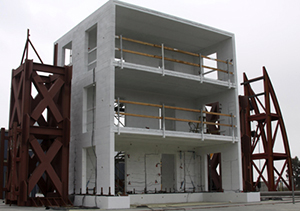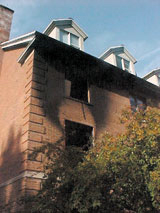Green building, as promoted by the various rating systems employed to quantify a project’s adoption of its principles, is now fully entrenched in the way we design, supply, and construct buildings and sites. And that’s a good thing. The emphasis on reducing greenhouse gas emissions and improving the impacts of a building on the health and performance of occupants has aided the paradigm shift in how these are valued.
Complementary to, and in concert with, green building quantifications is the growing move toward resilient design. The American Institute of Architects (Understanding Resilience), describes a resilient environment as that which "can more successfully adapt to natural conditions and that can more readily absorb and recover from adverse events."
The US Resiliency Council seeks "a future where we not only have a low impact on the environment, the environment has a low impact on us." True resiliency goes beyond code minimums where a building may save lives but is rendered unusable waste. The goal should be buildings that survive and are functional in the aftermath.
No matter where we build, something lurks as a potential natural catastrophic event – underfoot, overhead, or over the horizon. Unfortunately, we must also take into account the effects of man-made events, whether by accident or by intent. And that ability to survive must be designed in.
Resilient design is dependent upon resilient materials and systems, those that are durable, strong, stable, and inert; systems that are multi-functioning, providing multiple attributes that can be employed by designers to perform roles with minimal materials. Concrete masonry is such a system.



 Health Product Declarations
Health Product Declarations

